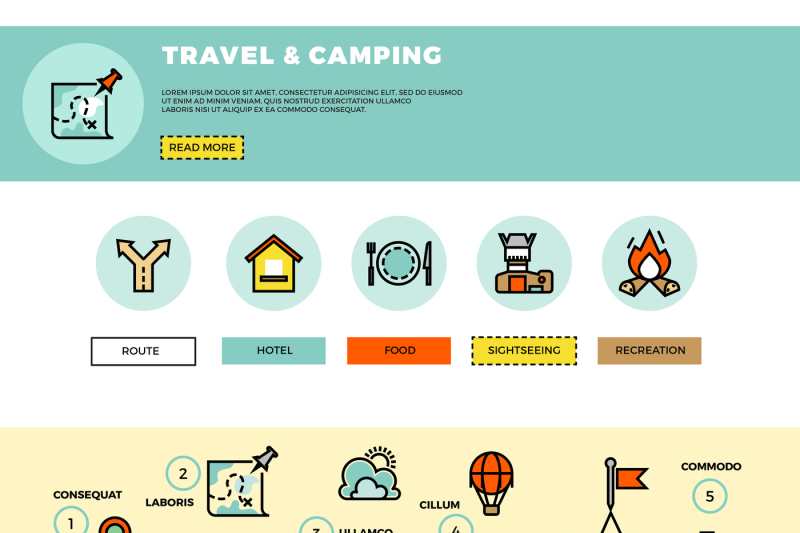The stability of an outdoor tents depends greatly on well-tightened individual lines, which boost the structure's ability to resist wind and other exterior pressures. They likewise promote ventilation within the sanctuary, which can make a significant distinction in outdoor camping convenience and safety and security.
Guy lines are commonly made from sturdy, light-weight materials like nylon and polyester. Several are also reflective to avoid campers from tripping over them in low-light conditions.
Origins
While the precise beginning of individual lines is vague, the principle is timeless. Its origins can be mapped back to the French word "guie," which ultimately became the Dutch term, "gei.".
Guy lines are cable, wire, or rope used to maintain frameworks like tents and masts by attaching one end to the structure and anchoring the various other end to the ground or various other fixed point. They supply added assistance beyond the ability of outdoor tents poles and stakes, specifically in windy environments.
In addition to supplying additional stability, guy lines contribute in advertising proper camping tent air flow. By helping with the splitting up of a tent's rain fly from the internal outdoor tents body, they enable air to circulate openly throughout the structure, minimizing condensation and protecting convenience for campers. They're likewise simple to change, allowing individuals to adjust their tension according to the certain problems in which they're camping.
Features.
Utilizing strong cord and tensioners, guy lines anchor the edges and edges of a tent or tarpaulin for security and assistance in various weather conditions. Keeping them taut decreases fabric sagging, boosts living room and overall shelter performance. They also disperse snow or rain from gathering and potentially harming the material.
A lot of outdoors tents include man line loopholes located around the base and midway up the fly along the pole seams to accomplish these features. They also increase the structural stability of non-freestanding camping tents by dispersing weight away from the tent body, which can be specifically at risk to gusty atmospheres.
A reputable knot is important for securing the individual lines to the support points; a bowline or clove hitch are optimal choices as they're both solid, fast to link and enable adjustability. The proper stress is very important; the lines need to be limited enough to produce a taut framework however not so limited that they're straining or pulling on the attachment factors.
Products.
Commonly made from a product like nylon or polyester, today's guy lines are commonly constructed from ultra-high-density polyethylene (UHMWPE). UHMWPE is a sturdy, high-tenacity fiber that is both water waterproofing and UV-resistant. This makes it perfect for exterior use, as it will not weaken or shed its toughness when exposed to dampness and rough UV rays.
Additionally, it is naturally abrasion-resistant and can manage unbelievable amounts of stress. It is important that a tent's guy lines have the ability to hold up against these forces in order to properly support and protect the shelter, particularly in gusty problems.
Therefore, lots of modern-day outside and camping lovers pick to acquire camping tents that make use of UHMWPE individual lines. They can be quickly anchored and connected to support factors making use of a range of methods, including hooks, connections, or loops. When done correctly, an outdoor tents's man line will be tight and completely placed, supplying necessary stability for the shelter. This is especially true for non-freestanding camping tents.
Installment.
If you find that the roofing system of your tent or tarpaulin isn't quite taut, or there are drooping areas on its walls, you probably have not protected the man lines. Those cord-like ropes that attach to loopholes on your rainfly or external tent wall surface and risk right into the ground, man lines are crucial for enhancing your outdoor camping experience by offering critical architectural assistance.
They distribute the weight of the outdoor tents and tarp throughout the structure, boosting security and stopping sagging or damages as a result of unequal snow loads or winds. They also boost air-flow with the framework, minimizing condensation and improving total camping convenience.
To connect your individual lines, you'll need to recognize the appropriate anchor points on your sanctuary and then safeguard them with a strong knot. Knots that use adjustability, such as a bowline or clove drawback, are liked since they allow you to adjust the rigidity of your individual line, keeping a balance in between security and staying clear of extreme strain on the textile.
